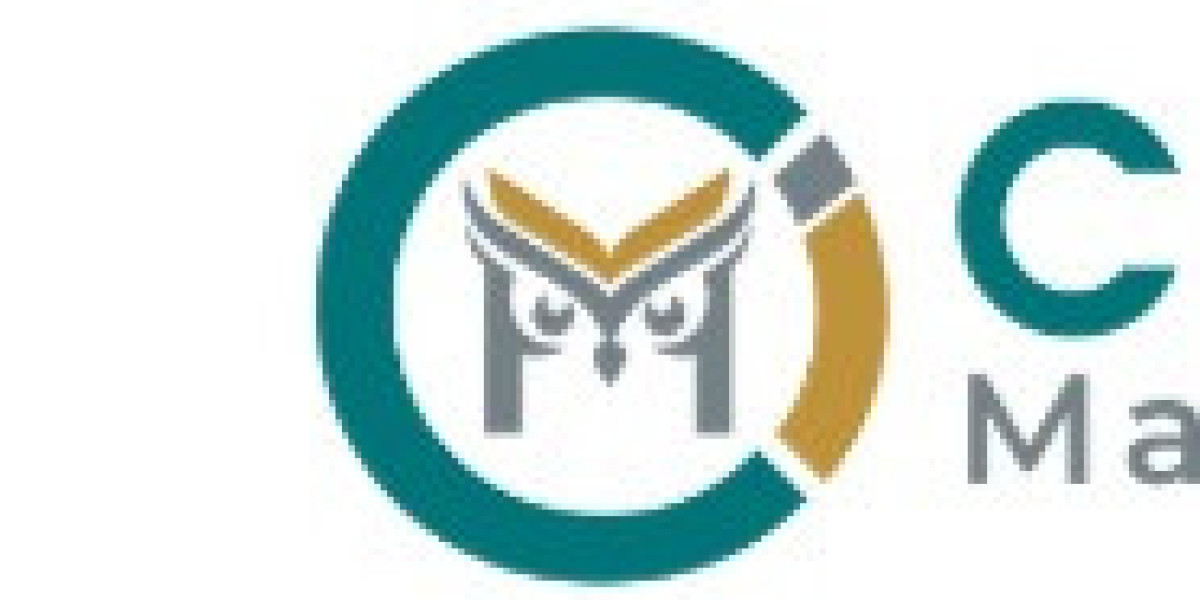The Thermochromic Material Market, characterized by substances that reversibly change color in response to temperature variations, is gaining significant traction across a wide array of applications. These innovative materials, primarily based on liquid crystals or leuco dyes, offer unique functionalities that range from aesthetic appeal to crucial safety indicators. While still a specialized segment, the market is poised for considerable growth as technological advancements broaden its applicability and reduce production costs.
Thermochromic materials operate on the principle of temperature-induced structural or molecular changes, leading to a visible shift in light absorption or reflection. Leuco dyes, often microencapsulated, are popular for their wide color range and ease of integration into various products, while liquid crystals offer greater precision in temperature response. This ability to visually communicate temperature changes has opened doors to diverse applications. Common examples include "magic" coffee mugs that reveal a hidden image when hot, baby bottles that indicate a safe feeding temperature, and battery testers.
Beyond novelty items, thermochromic materials are finding increasingly practical applications in industries such as packaging (food safety indicators), textiles (smart clothing with temperature-responsive designs), and even architecture (adaptive windows that adjust light transmission based on temperature). The rising demand for smart and interactive products, coupled with an increasing focus on safety and user convenience, is a significant driver for market growth. Furthermore, ongoing research into new thermochromic compounds with improved durability, wider temperature ranges, and enhanced color stability is expanding their commercial viability.
However, the thermochromic material market faces certain limitations. The accuracy of temperature response, particularly for leuco dyes, can be less precise than desired for highly sensitive applications. Durability and lightfastness can also be challenges, as repeated exposure to UV light or extreme temperatures can degrade some thermochromic properties over time. Production costs, especially for specialized formulations, can also be a barrier to widespread adoption in certain cost-sensitive sectors.
Nevertheless, the future of thermochromic materials appears promising. Innovations in material science are leading to the development of more robust, long-lasting, and customizable thermochromic inks, paints, and polymers. Research into integrating these materials with smart technologies, such as IoT devices, could unlock entirely new functionalities. The increasing demand for energy-efficient solutions and advanced visual indicators across various industries suggests a growing market for these temperature-responsive materials. As manufacturing processes become more efficient and the range of available thermochromic solutions expands, their transformative potential will continue to be realized.



